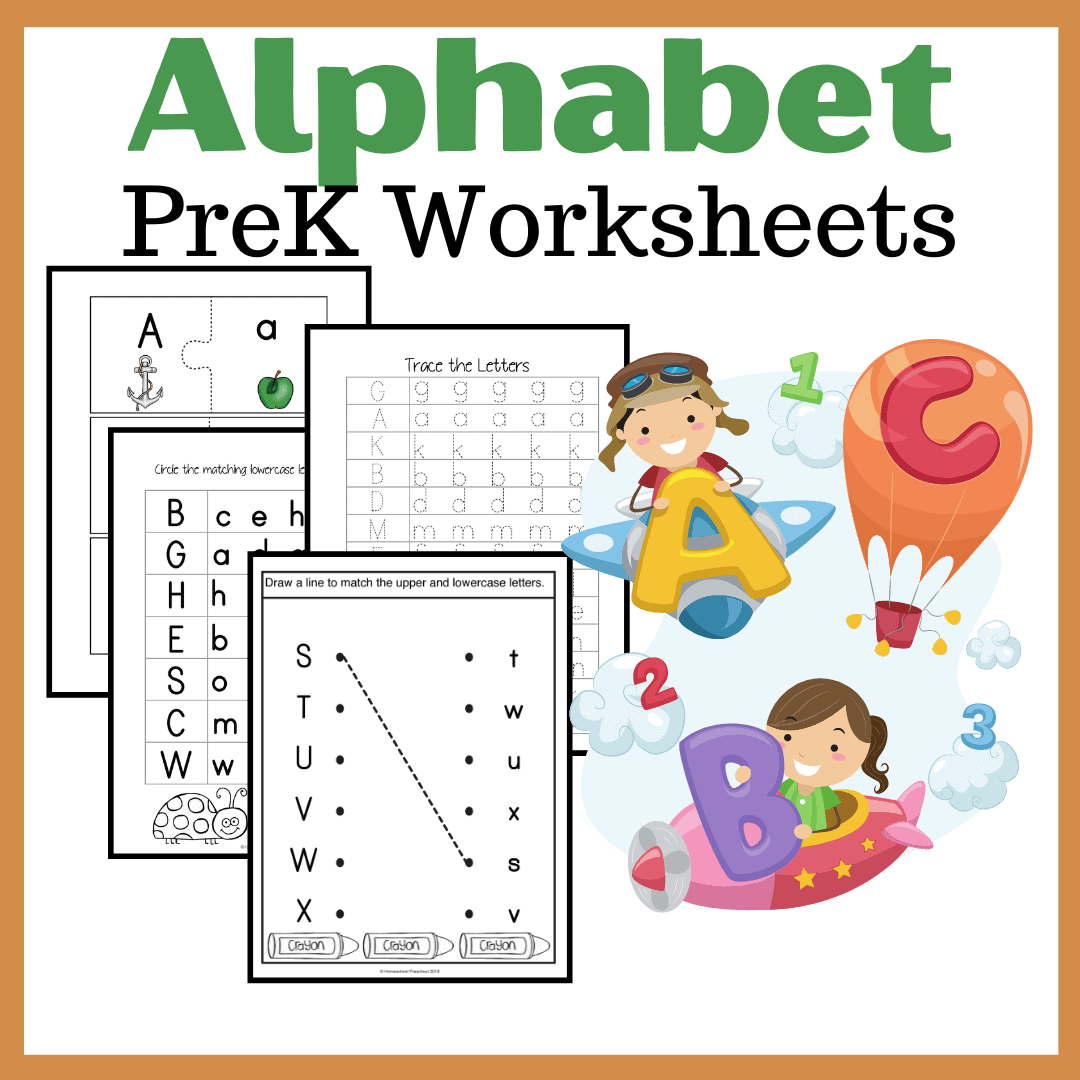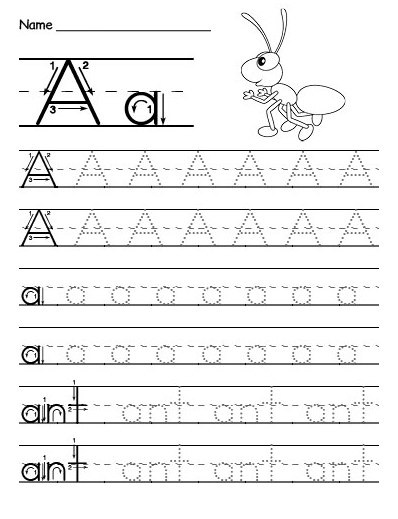

They provide visual representations of letters in both uppercase and lowercase forms, allowing children to become familiar with the shapes and forms of each letter. Letter recognitionĪlphabet worksheets help children recognize and identify individual letters of the alphabet. Here are several reasons why alphabet worksheets are beneficial for kindergartners: 1. Why Alphabet Worksheet is Important for Kindergarten?Īlphabet worksheets are important for kindergarten because they play a crucial role in early literacy development. Children can color the pictures and trace or write the letters. Children can use play dough to mold the shape of each letter, reinforcing letter formation and tactile learning.Īlphabet Coloring Pages: Develop coloring pages with illustrations corresponding to each letter of the alphabet. Letter Playdough Mats: Create printable mats with large letters. Children can cut out the letters and rearrange them to form words or complete the alphabet sequence. This activity reinforces letter sequencing and recognition.Īlphabet Puzzles: Make worksheets with jumbled letters of the alphabet. Children can color or circle a specific letter among a group of different letters, helping them recognize and differentiate letters in various forms.Īlphabet Maze: Design mazes where children need to follow a path from the starting point to the endpoint by tracing the letters of the alphabet in order. Letter Recognition: Create worksheets with different fonts and styles of letters. Children need to fill in the missing letters to complete the alphabet sequence. Missing Letters: Develop worksheets with a sequence of letters, leaving some gaps. Children can cut out the letters and glue them in the appropriate columns based on whether they are uppercase or lowercase. Letter Sorting: Make worksheets with a mix of different letters in random order. Children can identify the initial sound of each picture and circle or color the corresponding letter. Children can draw lines connecting the matching pairs.īeginning Sounds: Create worksheets with a variety of pictures and letters. Provide a set of uppercase letters on one side and a set of lowercase letters on the other. Letter Matching: Design worksheets where children can match uppercase and lowercase letters. Provide dotted lines for children to trace over the letters, helping them practice letter formation and fine motor skills. Include both uppercase and lowercase letters. Letter Tracing: Create worksheets with large letters of the alphabet for tracing.

Some common elements found in alphabet worksheets include: Alphabet Worksheet Ideas for Kindergarten They often feature individual letters of the alphabet, both uppercase and lowercase and provide tasks or exercises related to those letters. These worksheets usually focus on letter recognition, letter formation, letter-sound relationships, and other foundational skills related to early literacy development.Īlphabet worksheets can take various forms and include a range of activities. An alphabet worksheet is a learning resource or activity sheet designed for young children, typically in kindergarten or preschool, to practice and reinforce their knowledge of the alphabet.


 0 kommentar(er)
0 kommentar(er)
